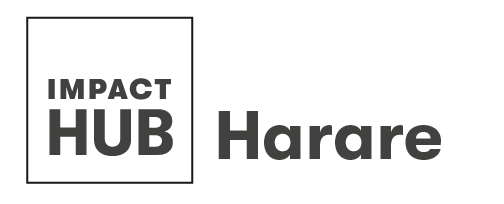Facebook Developer Circle ( Master Class )
Have you ever been intimidated to join a developer’s circle because you are not quite a guru yet? Don’t be.
At the Developer Circles from Facebook: Harare, the door is open for experts and beginners. The goal is to encourage more people to get into technology and remove the fear. It is a learning environment and community. Saturday Harare’s Developer Circle convened at Impact Hub Harare for a day full of fun and AI Masterclasses. There was a blend of seasoned developers, students and aspiring techies. Although the AI Masterclasses are “masterclasses” the operative word for the tutor is “master” because they teach and for the participants the operative word is “class”, it is an opportunity to learn.
It was lovely to see high school computer science students (girls and boys) among full time developers. The classes, although complicated, have insights for everyone and the point thereafter is for the members of the circle to help their peers. A prime example of this is developer Harvey Binau who was gracious enough to do a breakdown for group members:
“Watched a video of how speech recognition works, it was heavy on specifics, below is an attempt to remove the maths and science and just leave the method.
Goal: To speak to a computer and have it “hear” what you said.
Step 1. You speak to the computer (Alexa, Siri, and Google Home) and it records your voice
Step 2. The computer changes the recorded audio to a picture of what the sound looks like (called a spectrogram)
Step 3. The computer chops the picture of the sound (what you said) into smaller pieces.
Quick side note Phonetics is how words sound like, i.e. CAB sounds like ˈkab , ˈkäb ;
Beforehand the computer is given pictures of each phonetic sounds for a give language (44 for English)
Step 4. The computer compares the small images to pictures it has of phonetic sounds
Step 5 Based on the comparison of small pictures to what it already knows the computer comes up with a good guess of the phonetic spelling of the word ie ˈkäb
Step 6. The computer then compares the phonetic spelling of the word to actual alphabet spelling and makes a good guess to what the word is ˈkäb to Cab
In summary we go from (i) sound to (ii) picture of sound to (iii) comparing picture of sound to known sounds (iv) to writing out what was heard.
NB* if the phrase “convolution neural nets” does not makes sense to you , first take a deep breath , this is a very loose explanation of the complex process you understand “The classes were coupled with some Virtual Reality gaming to introduce the technology, and start thinking of ways to use it locally.
To add on to the fun factor of the event participants were treated to an intriguing virtual reality experience, cause all work and no play, well you know how that goes. For those that do not know what virtual reality is don’t worry we got you.
Virtual reality: an artificial environment which is experienced through sensory stimuli (such as sights and sounds) provided by a computer and in which one’s actions partially determine what happens in the environment; Below is a short video explaining more:
Impact Hub Harare will be holding more and more of such events so as to bring tech that’s out there in world closer home and remove any fears attached to them, educating Zimbabweans on it for a brighter tech filled Zimbabwean future.
